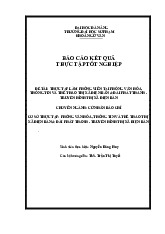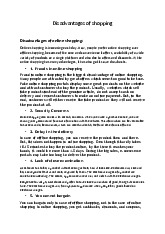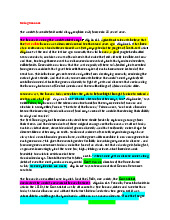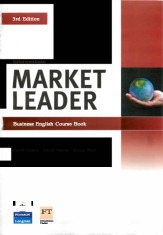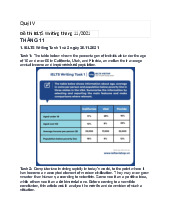



Preview text:
lOMoAR cPSD| 40551442
Sample Academic Reading Matching Sentence Endings
[Note: This is an extract from a Part 3 text about the scientific community in
London in the 1700s.]
Science in 16th-century London
The Jewel House, a new book by historical researcher and author Deborah Harkness
craftsmen and many from overseas, clustered
Deborah Harkness devotes her elegant and
in several parishes near St Paul’s Cathedral.
erudite new book, The Jewel House, to the
The once wealthy merchant, Clement Draper,
scientific community in 16th-century London.
even managed to transform the King’s Bench
She (rightly) argues that it is thanks to the
prison in Southwark, where he served time as a
imaginative collective efforts of the urban
debtor, into a center of research and discussion.
scientists that London became the melting pot in
By the end of the book Harkness has mapped
which a new mathematical and experimental London’s scientific communities with culture crystallized. astonishing precision.
Harkness is known for her ingenuity as a
Moreover, when Harkness reconstructs
researcher and her historical empathy. In The
these groups, she provides not traditional, static
Jewel House, Harkness turns her skills on the
accounts of their theories, but dynamic analyses
city of London as a whole with surprising and
of their practices as these developed over time.
fascinating results. She began her research by
In many cases, she makes clear, the alchemists
asking herself a new question: not what caused
of Elizabethan London already understood that
scientific revolution but what the names
knowledge of nature had to rest not on authority
science and scientist meant in 16th-century
but on familiarity through practice.
London. Then she collected a vast range of
sources, from printed books to scientific
In one crucial respect, Harkness argues,
instruments and notebooks, and recorded, in a
many of the 16th-century London scientists
relational database, information on the men
differed from the later ones of the 17th century. and women who produced them.
They saw themselves less as individuals out to
gain fame, than as members of larger textual
Every chapter of The Jewel House charts the
communities bent on exchanging and compiling
activities of a particular community. Harkness
information. The passages in which Harkness
leads us through the streets of London,
analyzes the 16thcentury practices of note-
showing us, neighborhood by neighborhood,
taking and communication are among the most
where the major forms of natural knowledge
novel and informative in this fine book. She
found homes. For example, apothecaries
shows that they adopted the textual information
settled in Lime Street, in what is now the City,
processing methods of humanist scholarship to
where they created a dense network of shops radically new ends.
and gardens. Clockmakers, both native
In this book, Harkness has charted the local and
cosmopolitan worlds of science in Elizabethan London
with a learning, precision and intelligence that compel
admiration. Moreover, she has crafted a complex and lOMoAR cPSD| 40551442
effective new analytical mechanism which may
transform the practices of historians of early modern science. lOMoAR cPSD| 40551442 Questions 1– 3
Complete each sentence with the correct ending, A-F, below.
Write the correct letter, A-F, in boxes 1-3 on your answer sheet. 1
Harkness’s research method was different to that of other writers because 2
Harkness’s reconstruction of the 16th-century London scientific groups was new because 3
Harkness shows that the 16th-century London scientists were innovative because A
she has the greatest knowledge of Elizabethan London. B
she started by seeking to understand how basic terms were used in the past. C
they worked as individuals rather than as a group. D
she examined how their methods evolved and changed. E
Clement Draper was the best scientist of his time. F
they used old ways of analysing written information for new purposes. lOMoAR cPSD| 40551442
Sample Academic Reading Matching Sentence Endings Answers: 4
B ■ she started by seeking to understand how basic terms were used in the past 5
D ■ she examined how their methods evolved and changed 6 F ■ they used
old ways of analysing written information for new purposes
